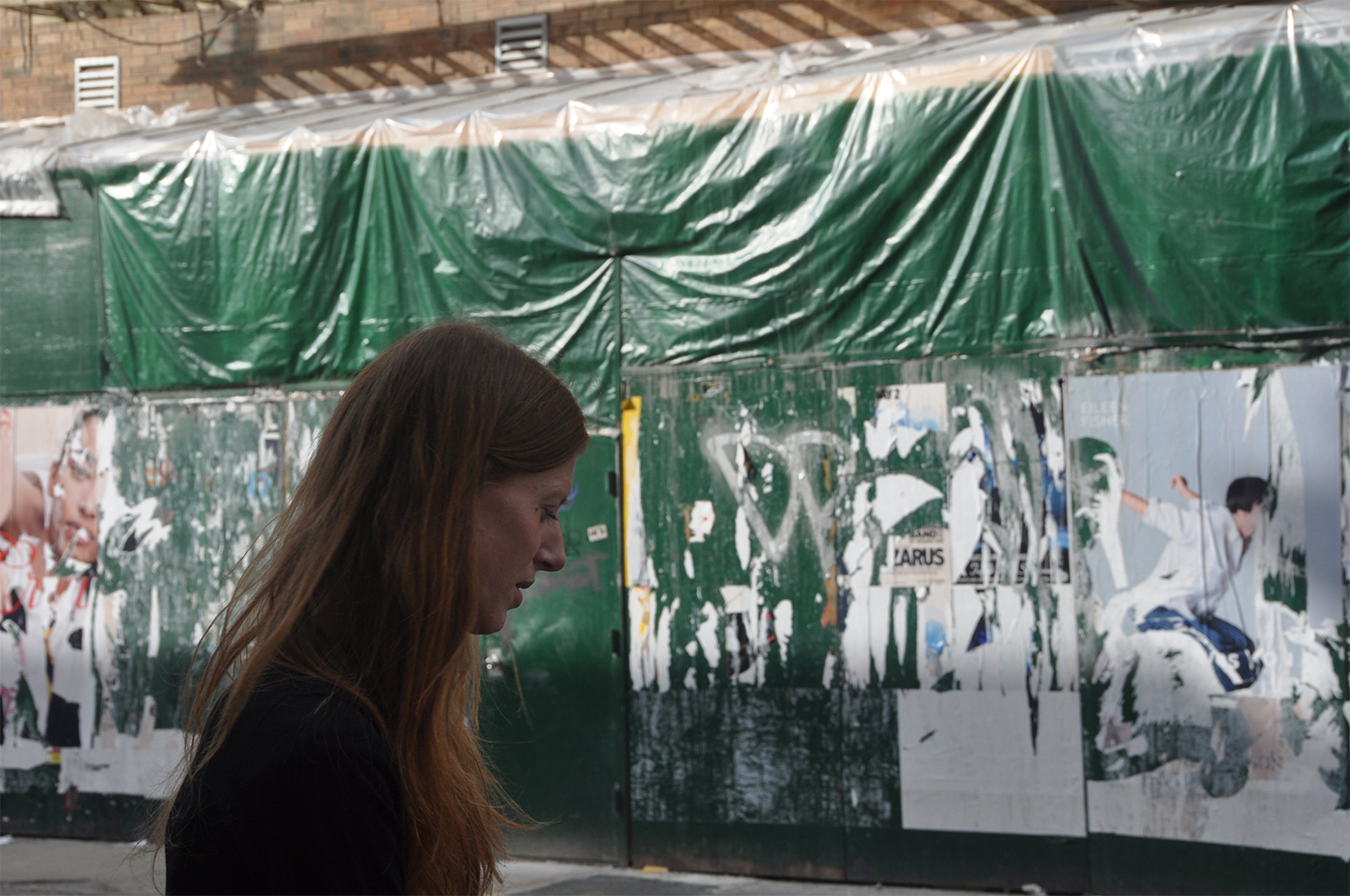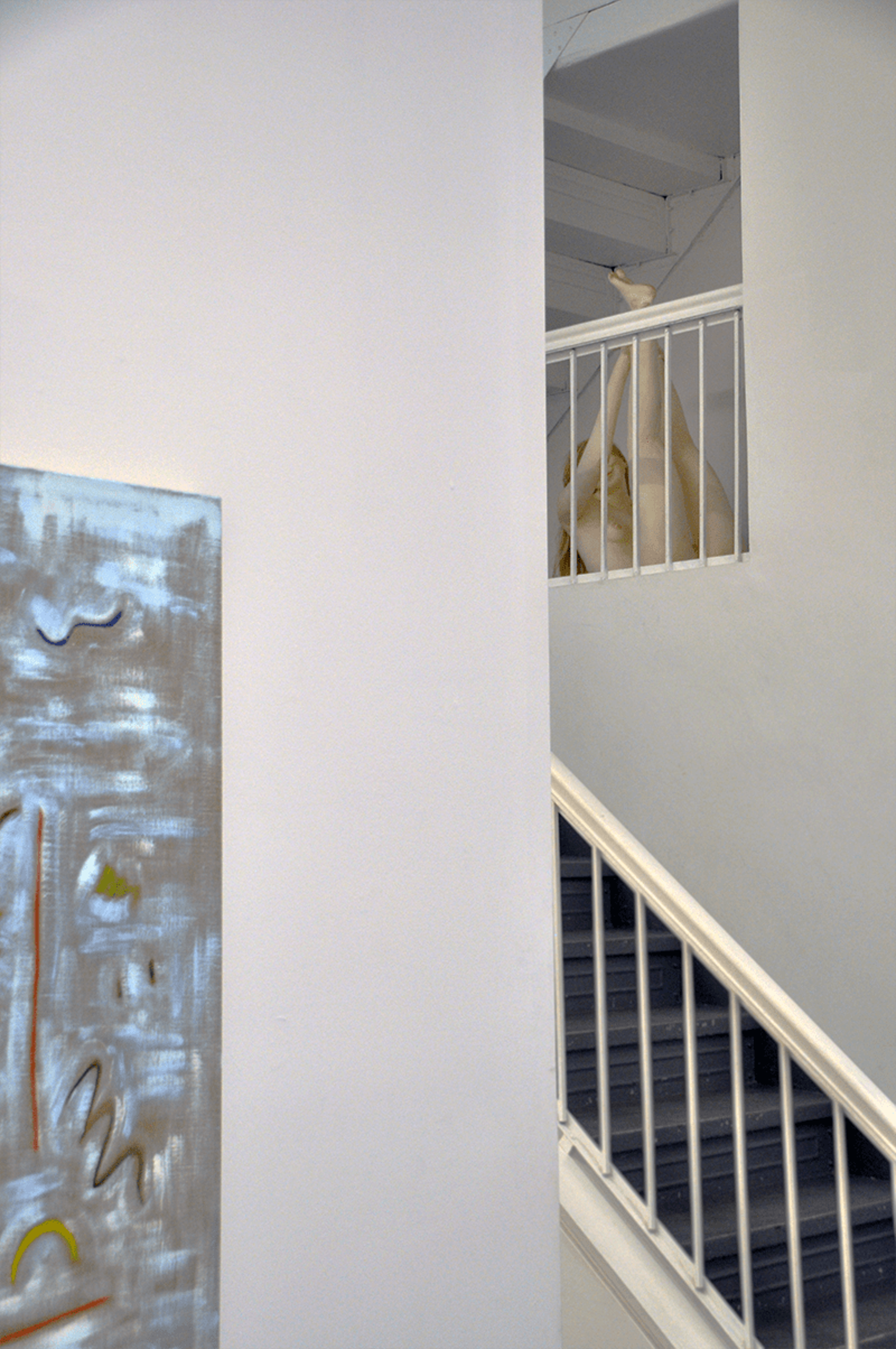
In 2008, Nicelle Beauchene opened her gallery in the Lower East Side—a somewhat unconventional model as it shares the space with Jack Hanley Gallery just one floor up. The two gallerists like to occasionally switch around their settings for upcoming exhibitions, spawning a playful yet promising access that also genuinely demonstrates Beauchene’s (as well as Hanley’s) intentions for creating a foundation for emerging artists. As the previous president of NADA (New Art Dealers Alliance), Beauchene has made it a continuous goal throughout her career to help steer the art world towards a more trustworthy direction again; where the market is no longer the primary intention of the ones who wish to survive and lead within, but to restore the general importance towards meaning and art’s essential virtue of making us want to exist a bit more deliberately every time we cross path with it.
Evrim Oralkan: As the former President of NADA, you have helped position the fair to a highly strategic position. Can you briefly tell why you left your position?
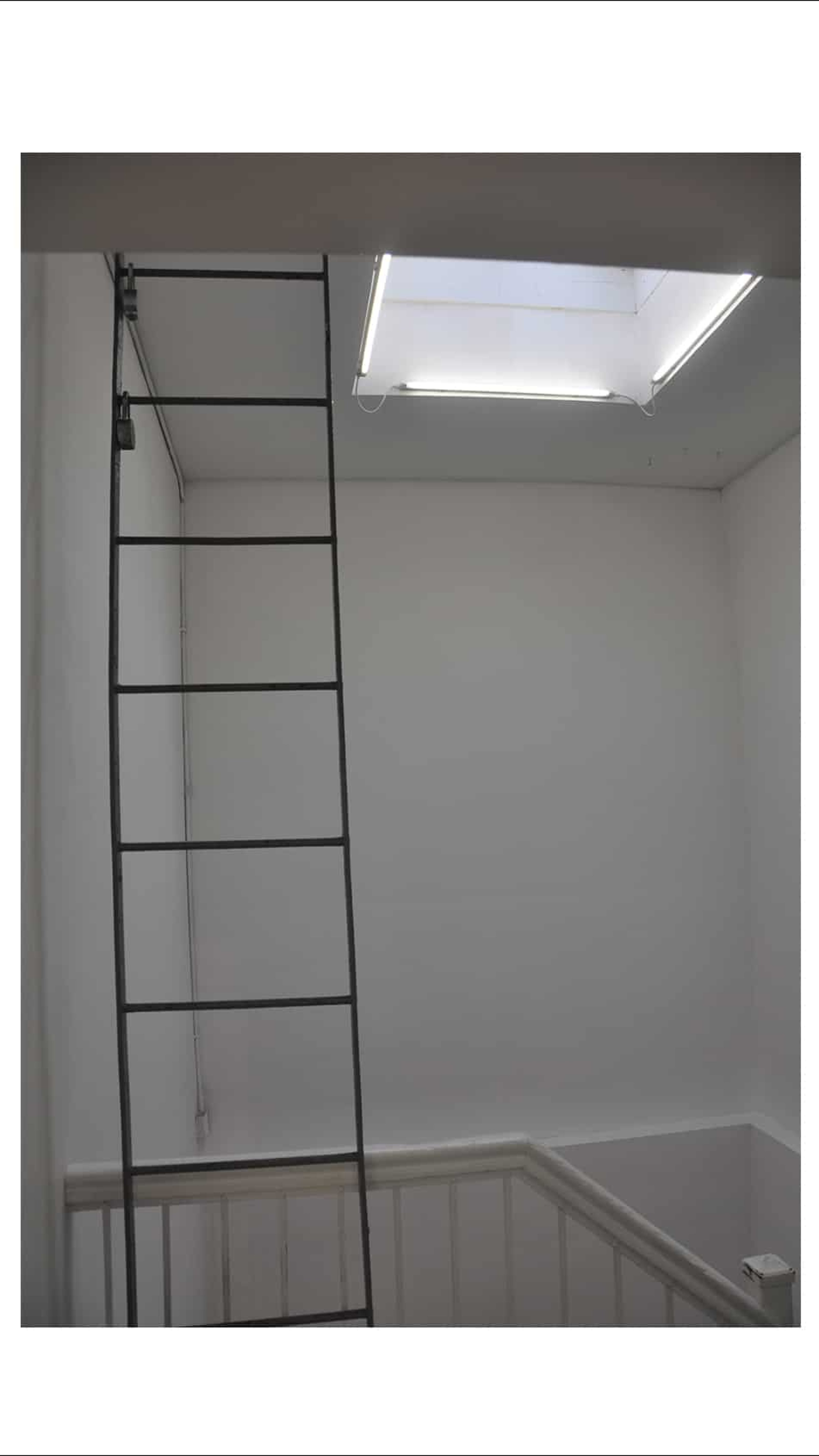
Nicelle Beauchene: I think it was necessary after almost 7 years as President to step down in order to introduce some fresh ideas into the organization. All of us on the Executive Board had been there for the same term, so it was time to bring in some new blood and to allow this thing to push forward. I’m still a pretty active member on the board—I truly believe in the organization, its fundamental ideas and the unique support and collaboration it offers to curators, dealers and artists. NADA is a total stand-alone in terms of the type of support it offers in this crazy art world.
EO: Regarding that craziness, what are some of the changes you would like to see in the art world?
NB: Good question. I do think there has been some positive leveling in the market recently, but I guess I’d always like to see more overall accountability. To know that other dealers, collectors, and curators have their priorities in the right place. That they have integrity and vision, and aren’t just pushing forward the more commercial parts of the industry.
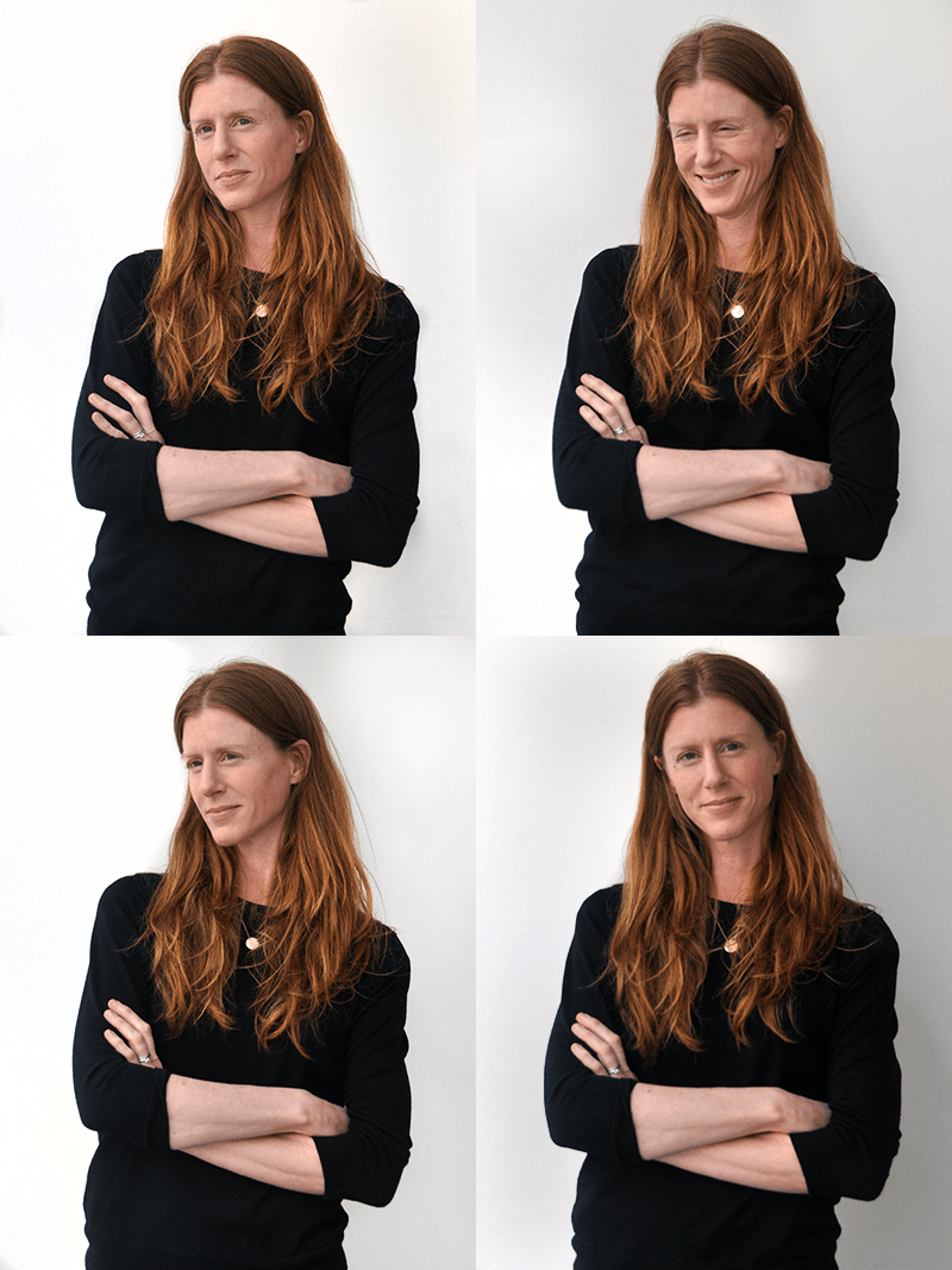
EO: Why are integrity and vision in short supply? Is it because the art world is no longer the small community that it used to be?
NB: I don’t necessarily think that integrity and vision are in short supply.
In fact, I think the art world has circled back a bit from an accelerated breakdown it was having in terms of the emerging market and the speculative buying and selling that was so damaging to young careers. The conversations had become market-driven rather than about content, which was disheartening and—quite honestly—a bit boring.
But now, in the wake of the Trump administration, there seems to be a renewed fight for culture, heightened social awareness and a return to the importance of how art functions within our society.
EO: Your gallery has a very specific approach toward figurative painting and sculpture. There is a certain visual appeal that sets you apart that I do not see at any gallery in the world. What do you look for and how do you find new talent?
NB: That’s actually a hard thing for me to assess. It’s really more instinctual when I’m considering what fits the program. But I certainly see some common denominators throughout the overall roster.
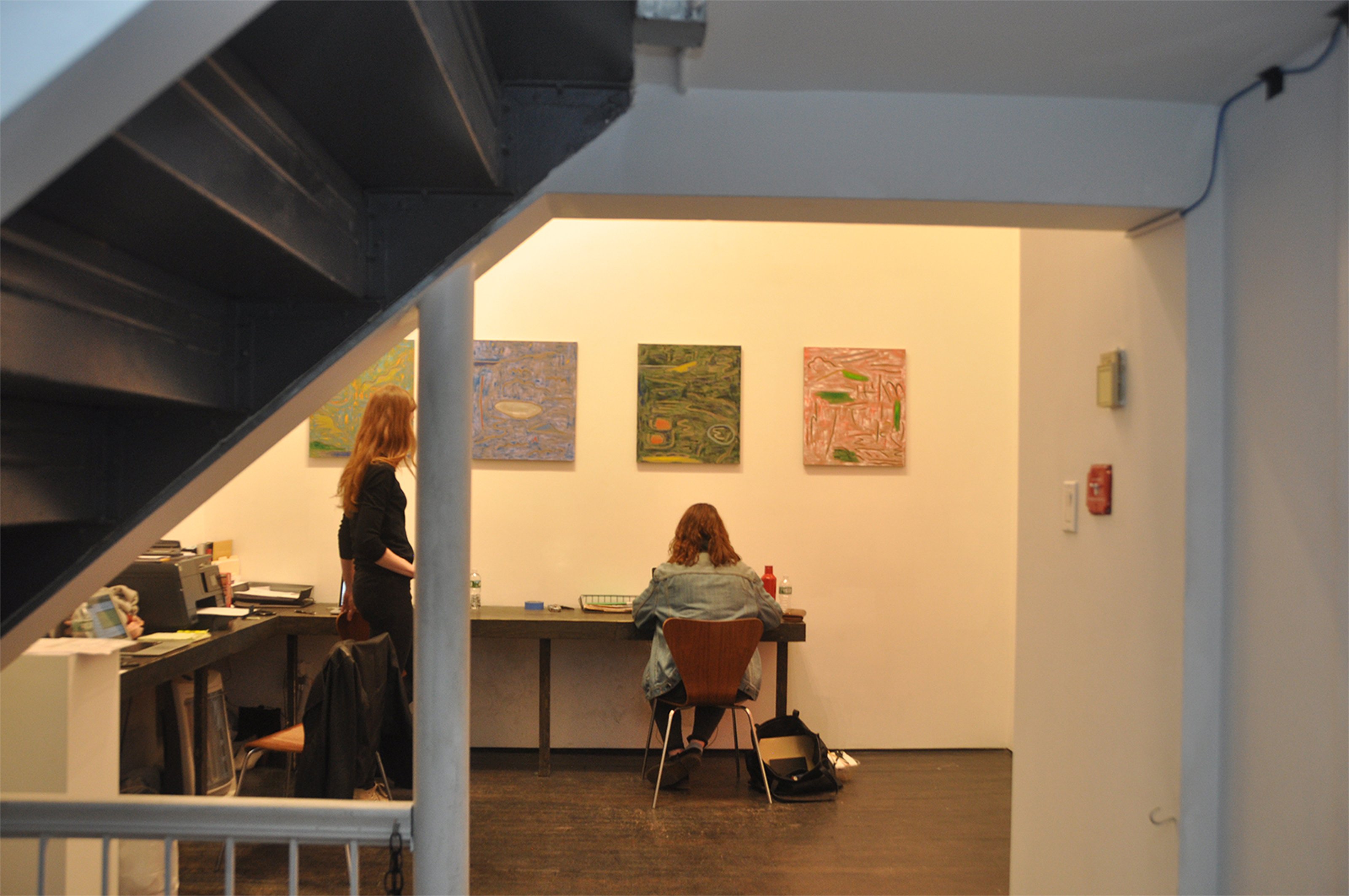
I’m not sure if there are any specific disadvantages to outline… maybe deinstall/install gets complicated with our switching, but after almost 6 years we’ve figured out how to work with and accommodate each other.
EO: One of the interesting things about your gallery is that you share a space with Jack Hanley Gallery. The space has two floors and you switch spaces every month. How did this partnership come about? What are the advantages and disadvantages?
NB: It actually came about in the middle of a NADA Board meeting. Jack was looking to move to the LES and I was looking for a partner to rent this building with me on Broome Street that I had been making offers on. He thought I was a little nuts to want to do this switching thing; but I didn’t want solely the upstairs space, and to rent just the downstairs space would’ve been crushing for me at the time. In terms of advantages, I like that our artists have the choice as to which space they want to show in. I feel both spaces are pretty interesting.
It’s a very similar space share like what greengrassi and Corvi-Mora do in London, except (lucky for Jack) we’re not married.
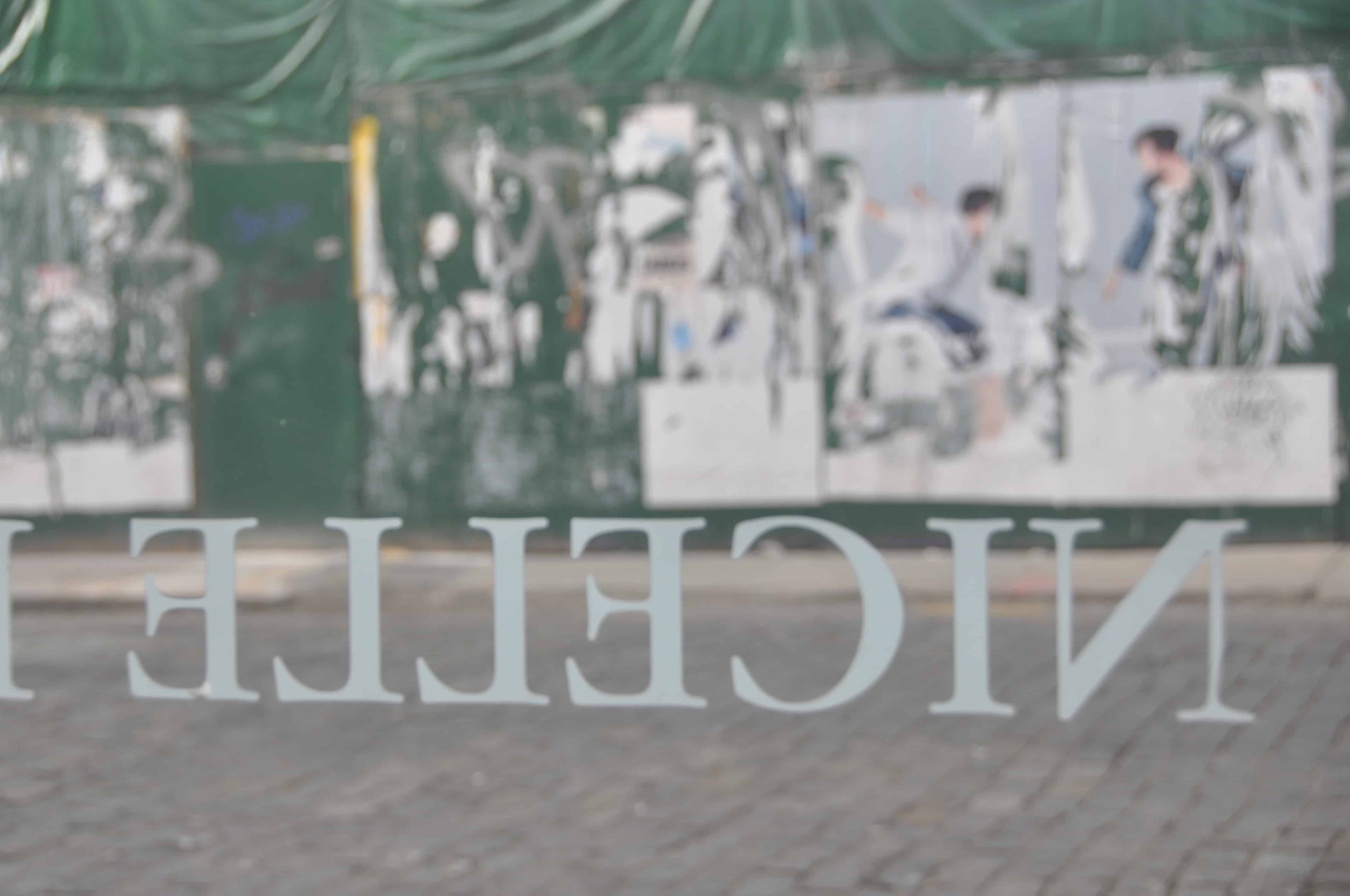
EO: On that note, how involved is your husband with the gallery?
NB: I was 9 months pregnant at the time I opened our inaugural exhibition, so he was instrumental in getting this thing launched and open.
He’s still involved, although really only behind the scenes. He manages larger fabrication projects for us, he oversaw and built out Louise Despont’s solo exhibition at the Drawing Center in 2016, and deals with more complicated installations at the gallery.
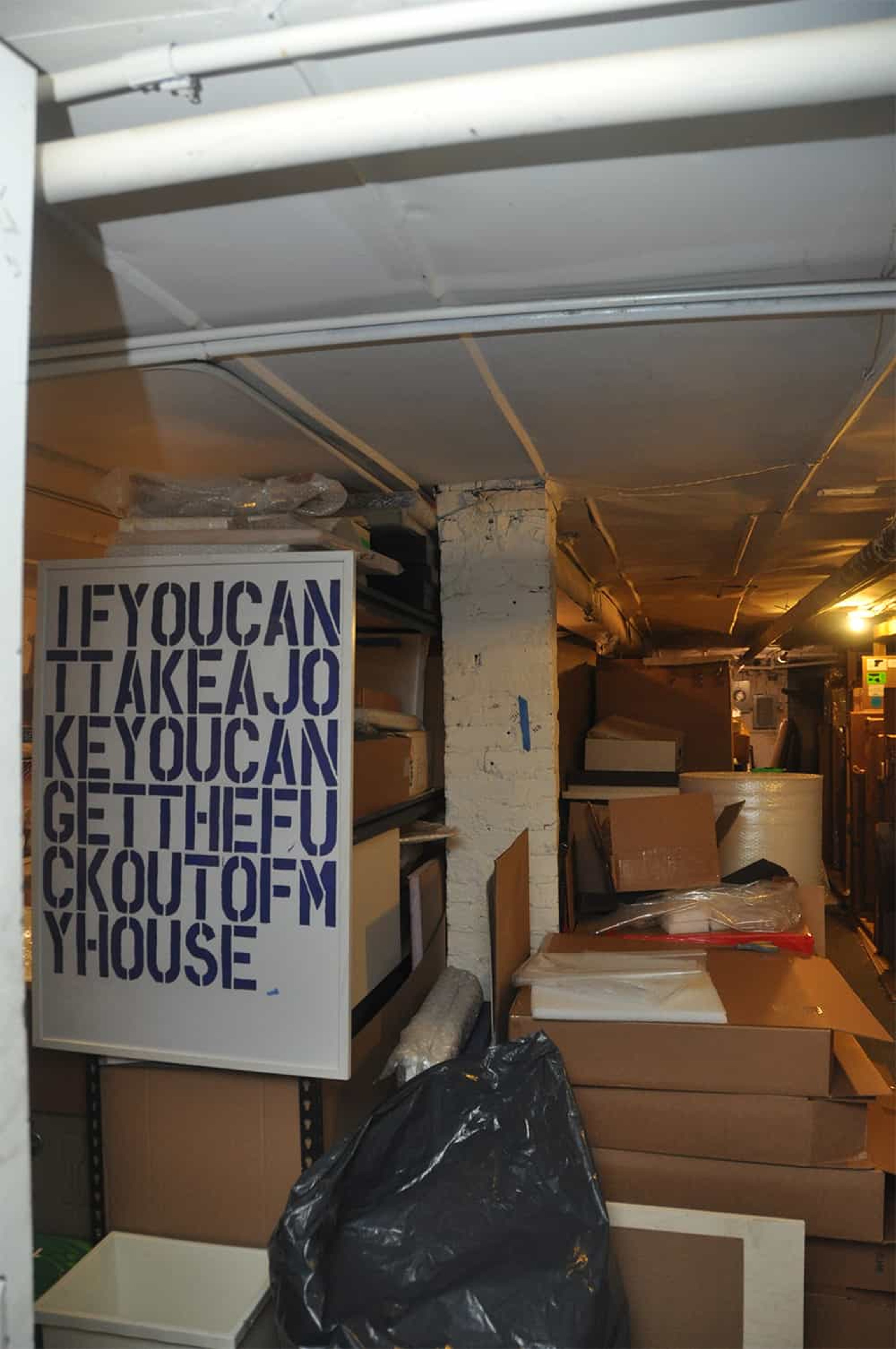
EO: It is no secret that most small to medium size galleries are having a hard time in the new economy. Collectors, at times, are viewing exhibitions online instead of attending. These, in my opinion, bring the brick and mortar model into question. Overall, do you think galleries are creative enough to adapt to the new economy?
NB: I’ve definitely noticed the shift over the past several years. I’m a stronghold for the brick and mortar as I do really believe in a physical art viewing experience outside of institutions and museums. I guess I’m less interested in this specific change, and more interested in how galleries have been adapting to the new economy and shift in the art world through collaborative means.
Emerging programs and mid-tier galleries have started to support each other now more than ever, both in the Lower East Side and beyond.
Organizations like NADA as well as the CONDO model for alternative art fairs has helped to foster this type of support. The art world seems to be less adversarial in a way, or at least more synergistic.
EO: Most galleries used to have the aspiration to get bigger, but now it seems like it is better to stay small. I am saying this because galleries grow from small to medium size in order to have a shot at becoming big oneday. However the problem is that the transformation from small to medium size is not easy to sustain and transformation from medium to large size is almost unattainable. Do you agree? What are your thoughts?
NB: Yeah, I agree. It’s definitely a challenge, particularly in the move from a mid-tier to large gallery. In terms of quantifying size— its less about the actual square footage, and more about the size of the infrastructure supporting the galleries and the type of backing the gallery is getting both financially and otherwise.
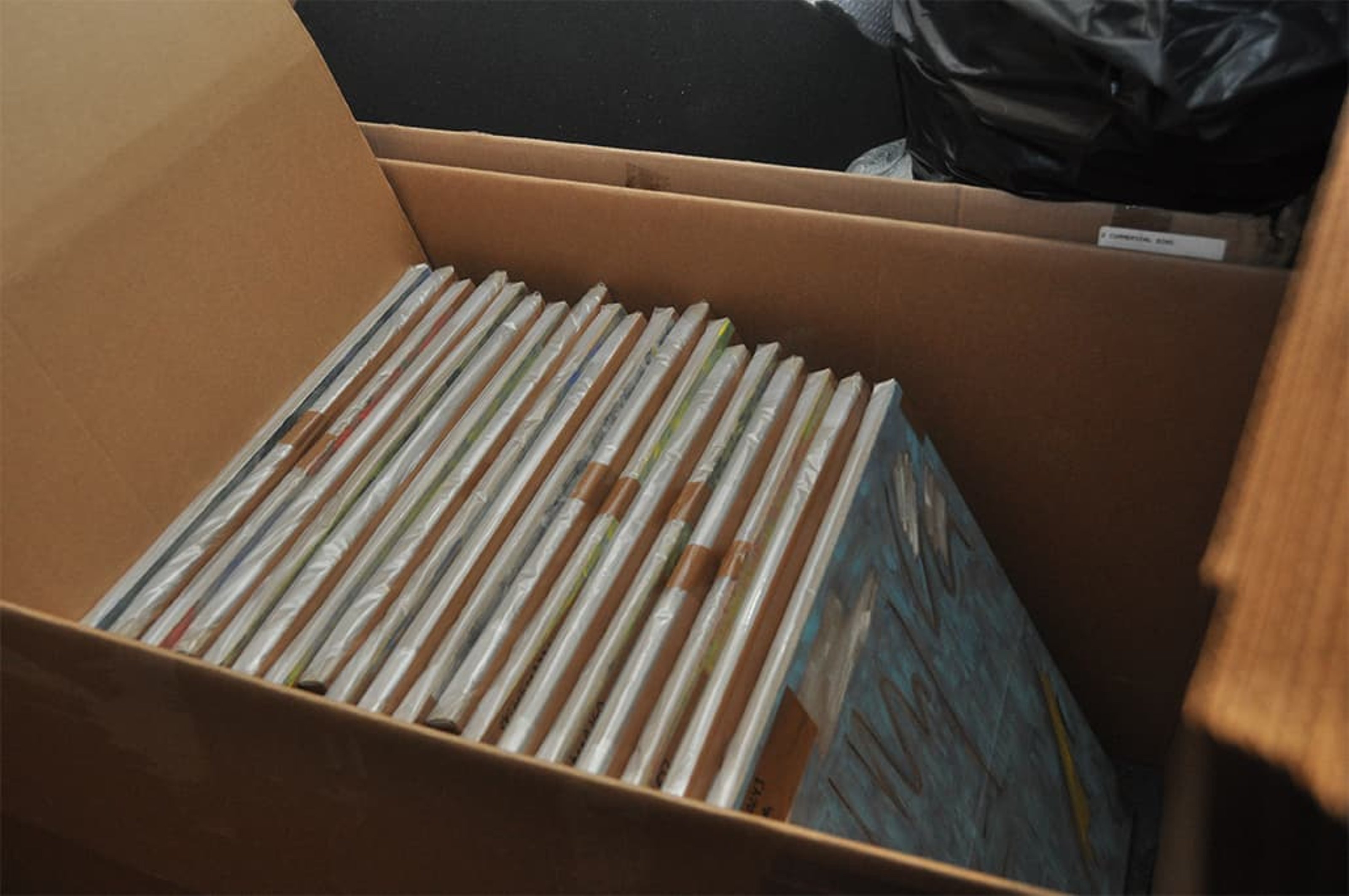
EO: What is the catalyst for this collaborative shift in your opinion? Is it survival, a common enemy or a vision for a better future model?
NB: Most collaborative enterprises are born from struggle and the frustration of standard models just not working. They’ve become too expensive or stressful to maintain.
There is a ton of pressure on emerging and mid tier programs, so new ways of working together need to be investigated and explored in an attempt to stay in the game. The flexibility on the part of the galleries and dealers has led the shift towards collaborative and interconnective relationships, which has certainly helped to shape these better models and a less cannibalistic approach to the art market.
EO: You recently moved your home upstate and are commuting to the city everyday. How do the kids like it?
NB: Yeah, we moved out of the LES where we lived for 15 years on a bit of an impulse, although we both knew we were getting pretty burnt on the city and needed some sort of change . We found a house online, went to see it the next day and bought it. I had only visited the town twice prior, but we’ve been up there for 2 years now so it seems to be working out. And the kids are pretty into it.
EO: How has your life changed, both personally and professionally since the move?
NB: Living upstate has definitely afforded me more headspace. I hike a lot on my days off and spend way more time outdoors and with my kids. When we lived in the city we were just 5 blocks from the gallery, so I was constantly bringing the day home with me. Having more space away from the gallery helps me to be more productive in a way. It’s also has helped to keep my priorities in place.
